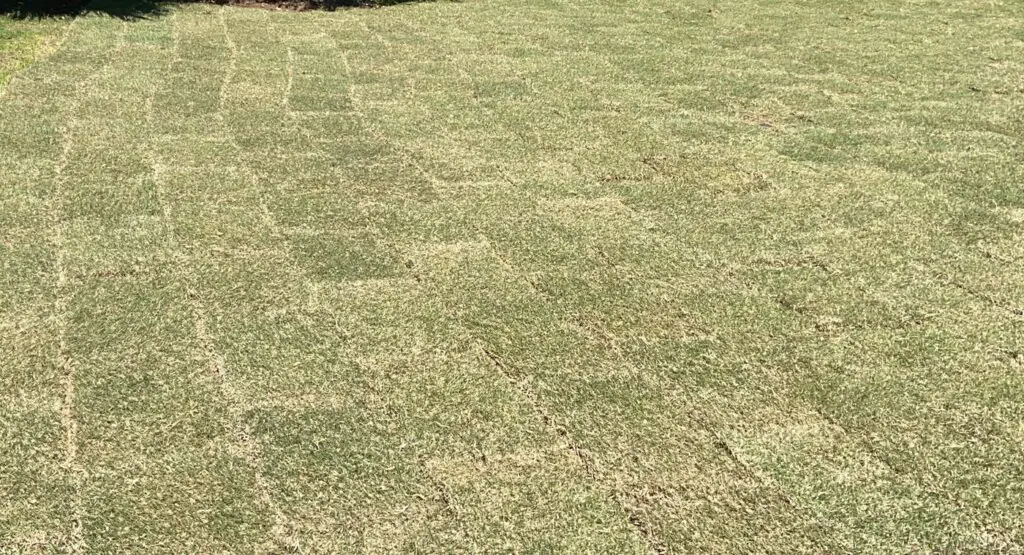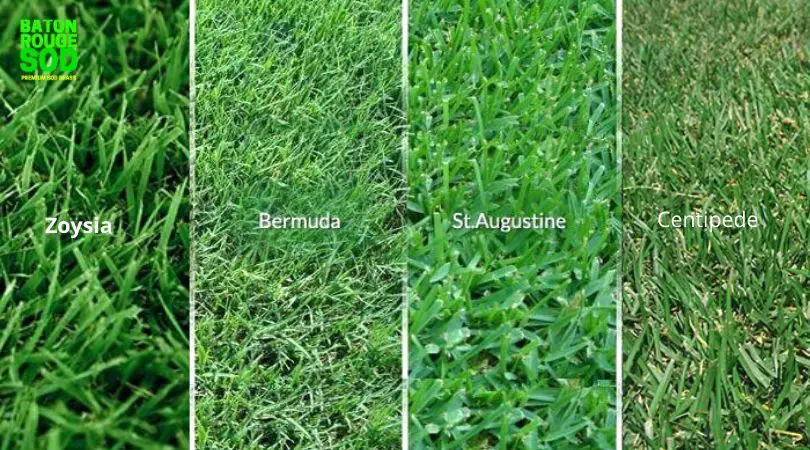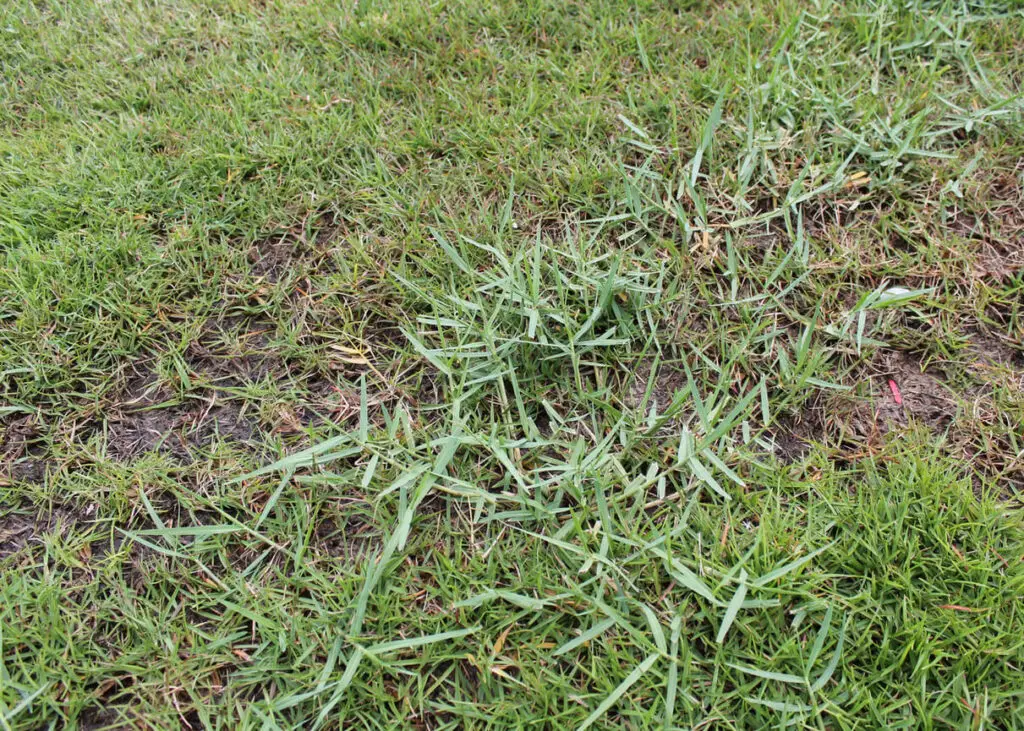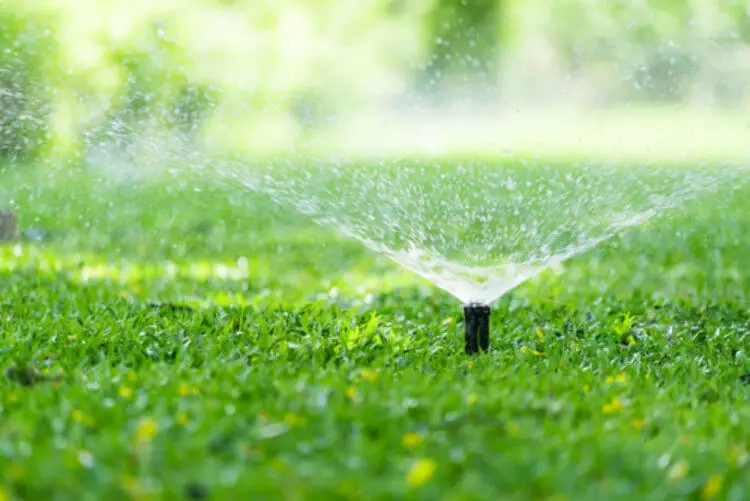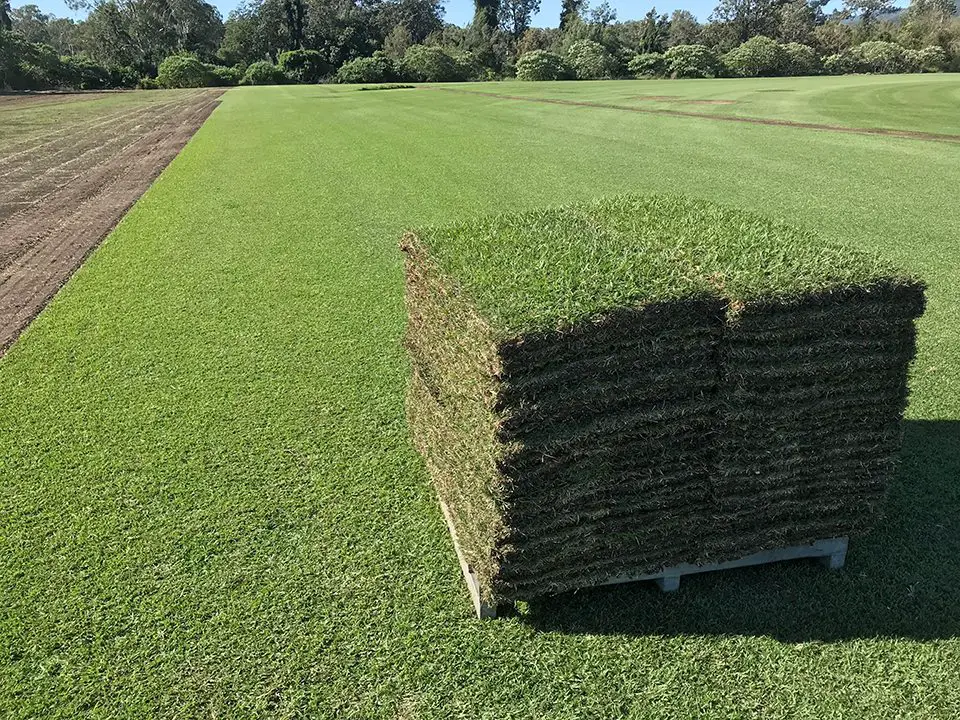You were so excited to get your new lawn installed, but things changed and now you wonder why is my new sod turning brown?
When you install turfgrass, you probably envision enjoying a beautifully lush, green lawn.
So, it’s frustrating when your new sod starts to turn brown.
When you’ve just completed your project, and it’s already looking bad, there are a few quick checks you can do to find the problem.
Why is my sod turning brown?
There are several possible reasons why your sod may be turning brown.
To solve your problem, and save your grass, you’ll need to find the cause.
1. The most common reason new sod is turning brown is that it’s under watered.
Sod needs a consistent supply of moisture to establish a robust root system that can sustain new growth.
If it doesn’t get sufficient hydration to deal with the stress of transplanting; the grass will begin to show signs of stress.
2. Another possible reason that your newly laid sod may be turning brown is because it’s getting too much water.
Overwatering can also cause the grass to turn brown; since the roots of the grass can suffocate and rot in overly wet soil.
3. Another possibility is that the sod was cut too thin.
4. Other possible causes of browning sod include insect damage, disease, or a lack of nutrients in the soil.
5. Dog and cat waste can also cause brown spots. It’s best to keep pets off your new grass until it’s thoroughly established.
6. Heat stress is usually the most common cause of new sod browning..
The heat and hardness of cement can cause grass dying near concrete. Make sure to water along driveways and sidewalks thoroughly.
These signs indicate that your sod is not getting the proper water or nutrients it needs to thrive.
If you see these signs, you should take action to save your grass.
A local lawn care professional can help you ascertain the specific cause of the problem and develop a plan to address it if you find it difficult to figure out.
Signs Your Sod is Dying.
A healthy, green lawn is the result of proper care and maintenance.
But even if you’re taking good care of your sod, there are still some telltale signs that it’s not as healthy as it could be.
It can be disheartening when your beloved lawn shows signs of dying.
After all, you’ve probably spent a lot of time and money on getting it to look just right.
But don’t worry. There are some things you can do to revive your lawn.
Here are some signs that your sod is dying and what you can do about it.
The first sign is usually a change in color, from green to yellow or brown.
You may also notice that your turf is thinning out or that bare spots appear.
The grass may also be less resilient, bends easily or breaks when you walk on it.
Can brown sod be saved?
It’s frustrating when you spend time and money on new sod, only to see it turn brown.
While it’s not always possible to salvage dying grass, there are a few things you can try.
Don’t despair just yet.
There are a few things you can do to save your browning sod.
If there’s a prolonged period of hot, dry weather in the forecast, water twice daily for fifteen minutes each time.
This will help keep the roots moist and prevent the grass from dying.
Once the grass recovers, give the grass some lawn food or a good lawn fertilizer.
Organic slow-release lawn fertilizer works best.
Will my brown sod turn green?
Browning sod can be caused by multiple issues.
The most common reason is improper watering and irrigation.
Since the browning is caused by water, you can easily fix the problem.
Your grass may be dormant and need to be acclimated, If it was delivered in the winter or early spring.
There’s a great chance that you can save your grass If your new lawn turned brown after it was installed.
Conclusion
There are several reasons why new sod may turn brown.
However, most of the time, there are also some simple solutions that can help bring your new sod back to life.
Water twice daily for fifteen minutes to help bring your sod back to life.
Check the soil moisture level to see if the cause was over watering.
If so, turn off the water for a few days and allow the soil to dry.
Once you find the issue, you can replace the pieces that didn’t survive.
Contact the supplier from which you ordered the grass so get the same type of grass.
You might want to contact the supplier If there was brown sod on pallet when you ordered it so that they can assist you.

